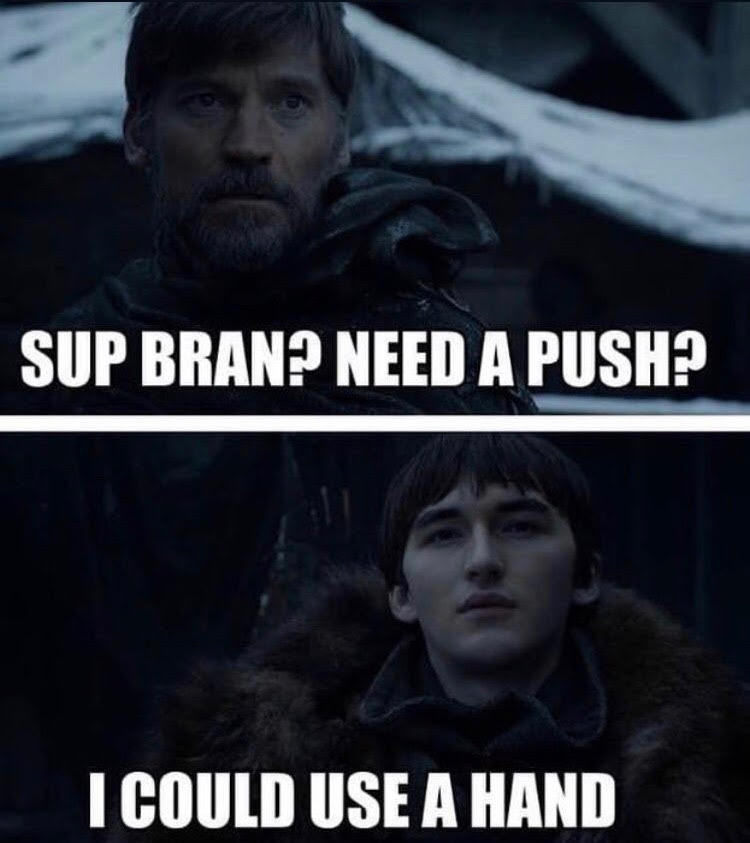
OKAY, now that I’ve got your attention haha.
Raise your hand if your guilty of this – your upper trap is all fired up from a tough workout, from a few miles pounding the pavement, or after a long day sitting behind a desk at work – so for treatment you end up smashing it, stretching it, and/or massaging it until the cows come home. You smash it from different angles with a lacrosse ball, get your significant other to massage it out into a nice cookie dough complexity (if this is you, you picked a good one), or stretch it by bringing the chin to opposite armpit and pulling your head in that direction…. and it feels a little better, perhaps even resolves the pain. But then…. IT COMES BACK, time and time again, and it you can’t seem to shake it. PS – if you actually raised your hand, mad props.
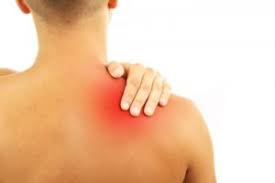
Why does it come back? Why is the muscle such a pain to deal with? Well, its because were attacking it all wrong!
I regularly hear physical therapists telling patients that this muscle is ‘too tight’ or ‘over active’ and so it’s the cause of their chronic pain. I hear massage therapists explaining how they can feel or see that this muscle is knotted and tense, and explain how it needs to be released, loosened, and stretched. I also see and hear many practitioners (chiros, PTs, trainers) choosing exercises to help reduce upper trap activity, by focusing on the lower traps to restore the balance between them.
Well I argue the exact opposite approach is needed.

The upper trap is rarely actually short and tight, even if it feels that way. All the mashing and smashing won’t do anything. Sure, the soft tissue work will trigger a neuromuscular response causing momentary improvement, but its not doing anything in the long run. Simply because that’s not the root of the problem. The root of the problem is typically one of two things:
- The upper trap is long and weak, not short and tight
- It’s not an upper trap problem, it’s a dysfunctional 1st rib (which lies directly beneath it)
Let’s talk deeper about each of these. The primary role of the upper trap muscle is to elevate and upwardly rotate the scapula (shoulder blade) to produce healthy overhead arm movements. I can’t tell you how many times I look at someone’s shoulder girdle and see downward sloping clavicles (collar bones), and depressed/ downward sloping scapulas — both indicative of lengthened, overstretched traps. To put things into perspective, the number one most common impairment associated with shoulder impingement (the most common shoulder issue) is scapular related. What attaches to the scapula? The traps! SO if the scapula is not positioned appropriately or moving efficiently around your rib cage as you raise your arm overhead, the upper traps won’t be able to function as they want to, resulting in that tense, overworked feeling you get.
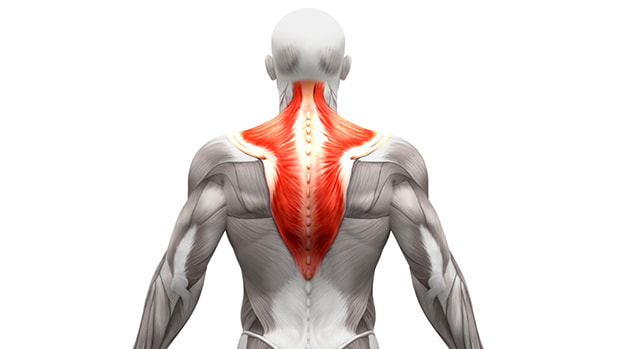
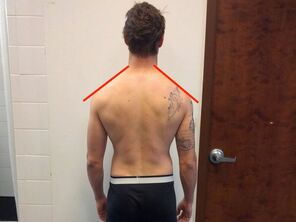
The “tightness” feeling that athletes complain of is actually protective tension – it’s their body doing anything it possibly can to avoid dropping lower into scapular depression/ downward rotation. The tight and tense ‘feel” is because they’re overloaded due to being weak. The upper traps are working to elevate the scapula against gravity all the time, and if they’re weak, they won’t be able to keep up. If you give the athlete a bunch of massage and stretching, it’s like picking a scab; he’ll feel better for 15 minutes, and then in rougher shape over the long haul. You never want to stretch out protective tension.
So what do we do?

Stop smashing, poking, rubbing, and stretching……. and start strengthening. We need to get them stronger, more resilient, more robust. Now, when I say strengthening I don’t mean shoulder shrugs, that can actually make things worse. As I previously mentioned, the role of the traps is to raise the arm overhead, so that means we need to train them overhead. If we strengthen them below shoulder height, i.e. dumbell shrugs, power cleans, we are training the traps to perform an action they aren’t designed to do. So you want to choose drills that drive upward rotation – such as wall slides, straight arm sled work, inchworm, overhead walking lunges, overhead squat, or landmine presses.
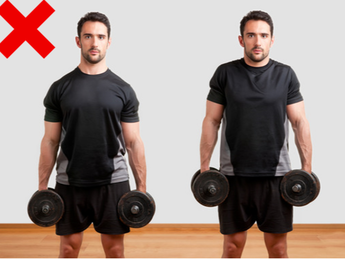
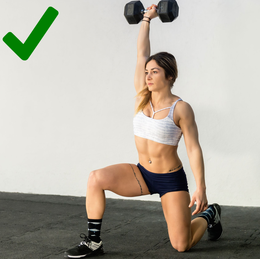
It would also benefit you to slow down on anything that tugs the shoulders down such as deadlifts, dumbbell lunges (weights at sides), or farmer’s walks. Lasty, forget the shoulder blade to back pocket “down and back” cue. This might be one of the most overrated and overused cues of all time, often getting athletes in trouble and leading to pain. In fact, I may circle back in the near future and write an entire blog post on this cue. If you’re using it with everything you do, stop it. Especially if you have shoulder pain. Sorry to go off on a tangent but the amount of mis-information out there is absurd, and this cue is up there with the most over-rated cues out there. Anyways, train the upper traps as I outlined above and they will thank you for it.
The second most common cause of the upper trap tension feeling is actually not from the upper trap at all, but what lies just beneath it – the 1st rib. 1st rib dysfunction is very common, and can closely mimic upper trap issues. To improve this, first we need to get to the root of the issue, which relates to your neck.
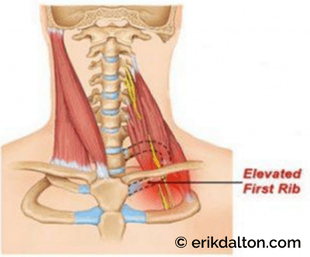
Here’s what happens:
Forward head posture → fires up your scalene muscles → pulls on 1st rib → pain
Excessive amounts of forward head posture, whether from sitting behind a computer all day or poor lifting technique (for most of you athletes it might be the later – think forward head with deadlifts, double unders, squatting, rowing, pull-ups, etc, etc,), can fire up the scalenes, which are muscles that run down the sides of the neck. Over time, the scalenes become tight and hypertonic and start to excessively pull and tug on their attachment point – you guessed it, the 1st rib. The 1st rib then gets pulled into an elevated and dysfunctional position, causing that deep dull “upper trap” tension feeling. This common joint restriction is another reason why smashing and stretching the upper trap doesn’t help.
So how do we treat the 1st rib?
Easy. First, we need to improve the underlying cause which is essentially how we hold our head (head positioning) throughout the day and when we work out. See my previous blog post “Neck Pain in Crossfit: Why it happens, and what to do about it!” for an in depth review on this topic. However, the main thing to think about is to try to reel your head in from that nasty forward head position, and try to keep the neck neutral. Essentially, you want to try and keep the chin close to the neck. This will take the scalenes off tension and reduce its menacing pull on the 1st rib.
Secondly, you want to work on self mobilizing the 1st rib into a better position. Here is an example of a great exercise to achieve this:
While this is a great exercise to improve 1st rib dysfunction, you must improve your neutral cervical spine positioning for lasting results. These simple concepts can make a huge difference for long term relief.
In summary, I hope I’ve given you some food for thought about the poor old upper trap muscles and what to do about it. Hopefully you won’t be so quick to blame this poorly misunderstood muscle as being tight and short, and think twice before you dive in so quickly with massage, stretches, or lacrosse ball smashing. And I hope that you can see that strengthening actually improves the function of the upper traps.
If you’ve been dealing with upper trap issues, and you’re ready to get to the root cause and be pain-free for a lifetime, then we’d absolutely LOVE to help. We work with athletes virtually all over the country (and world for that matter), with amazing success! The next step is to book a free phone consult below, so we can learn more about what you’re dealing with and explain in detail how we can help and what the sessions would look like.
If you have any questions, please comment below, or reach out to us!
Thanks for reading,
Dr. Andrew

20 Responses
Hello my loved one! I wish to say that this article is awesome, nice written and come with almost all significant infos. I¡¦d like to look extra posts like this .
how are you, excellent blog on greasy loss. this helped.
hi, glorious blog on suety loss. the like helped.
I am going to try this. Everything else has done absolutely nothing!
Hey Matt – is it helping? I’d love to know. Dr. Andrew
Very helpful read. What other exercises do you recommend to do and what others to avoid?
Hey Libi! I also recommend full range dumbbell shoulder press, scapular raises (Is, Ts, Ys,) and barbell strictpress. I recommend against bent over rows, cleans, and bicep curls. Hope that helps!!
It’s perfect time to make some plans for the future and it’s time to be happy. I’ve read this post and if I could I desire to suggest you some interesting things or suggestions. Perhaps you can write next articles referring to this article. I want to read even more things about it!
“the role of the traps is to raise the arm overhead” This is only partially correct. The role of the lower traps is to stabilize the shoulder when the arm is overhead. The upper traps are more involved in elevating the shoulder.
Pretty great post. I just stumbled upon your blog and wished to say that I have truly enjoyed browsing your weblog posts. After all I will be subscribing in your feed and I’m hoping you write once more soon!
I am without words. This can be a superb blog site and extremely participating also. Fantastic works of art! That is not in fact a lot originating from a good newbie article writer much like me, nonetheless it’s all I may merely point out following diving in your content. Good sentence structure as well as language. No more just like some other sites. A person actually know very well what you?re talking about too. Lots that you just helped me want to explore much more. The blog site has turned into a stepping-stone for me personally, my friend.
Thanks for this post. I definitely agree with what you are saying. I have been talking about this subject a lot lately with my mother so hopefully this will get him to see my point of view. Fingers crossed!
I went over this website and I believe you have a lot of great information, saved to fav (:.
I surely did not realize that. Learnt some thing new these days! Thanks for that.
I discovered your website web site online and appearance many of your early posts. Continue to keep up the really good operate. I recently extra encourage Rss to my MSN News Reader. Looking for toward reading far more from you down the line!…
After examine a number of of the weblog posts on your website now, and I actually like your approach of blogging. I bookmarked it to my bookmark web site list and will probably be checking back soon. Pls take a look at my website as properly and let me know what you think.
It¦s really a cool and useful piece of info. I¦m satisfied that you shared this helpful info with us. Please keep us up to date like this. Thank you for sharing.
I am constantly looking online for posts that can assist me. Thx!
Great article! We are linking to this particularly great article on our website. Keep up the good writing.
May I just say what a comfort to find an individual who really knows what they are talking about on the web. You actually understand how to bring an issue to light and make it important. More people have to check this out and understand this side of the story. I was surprised you’re not more popular since you definitely have the gift.